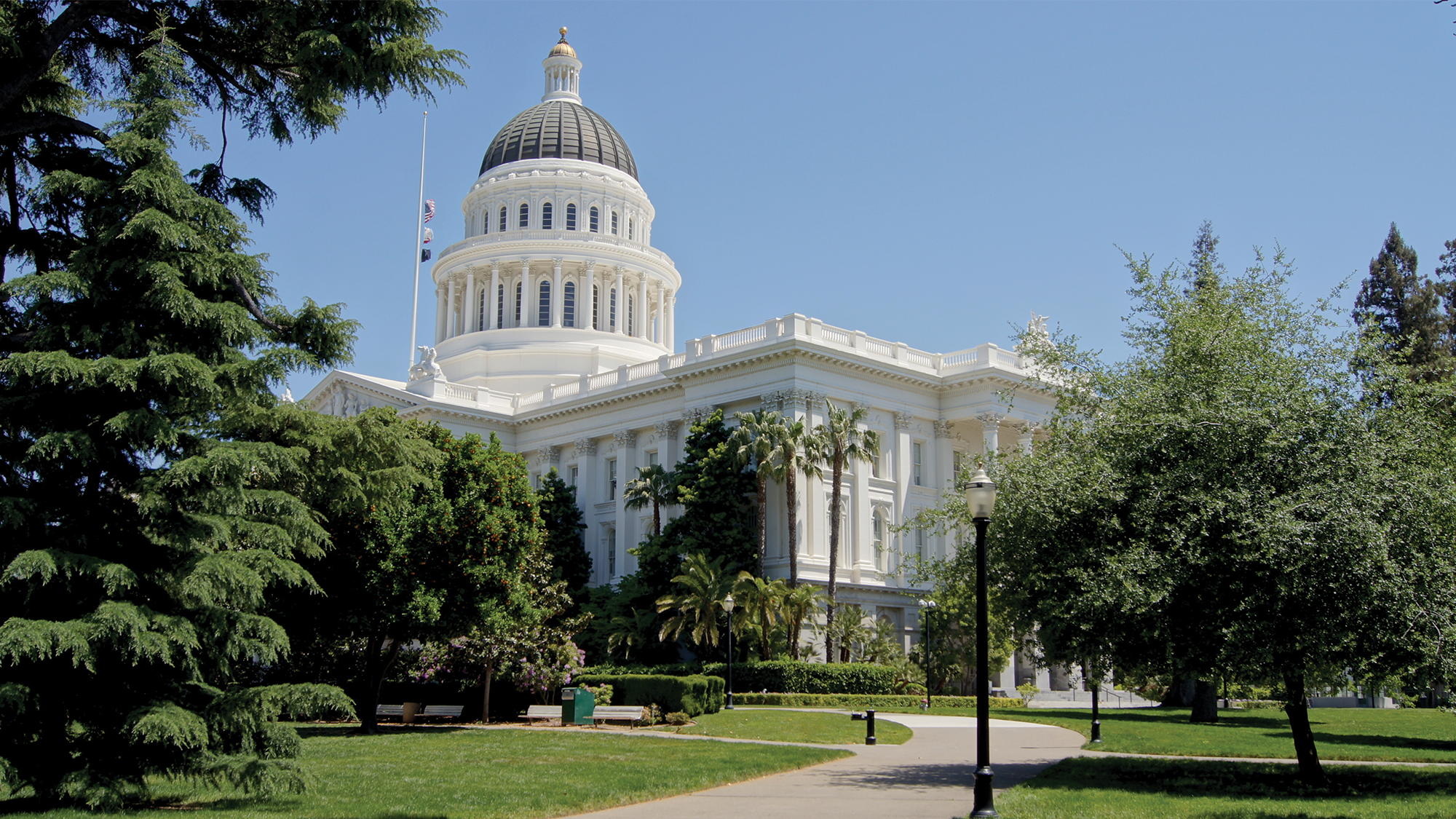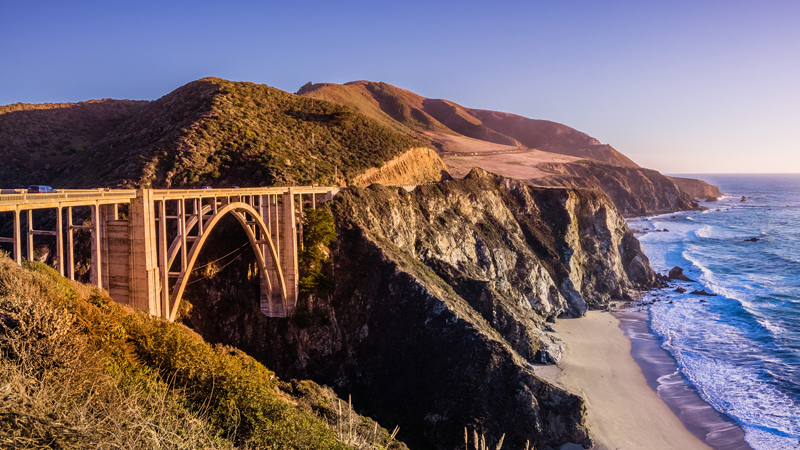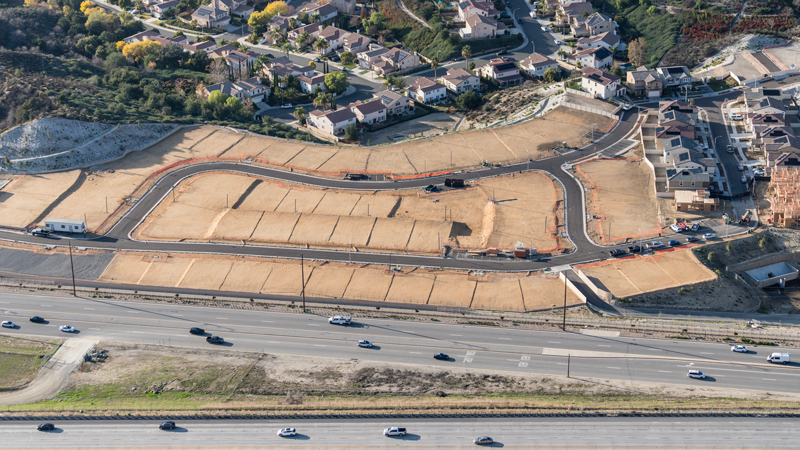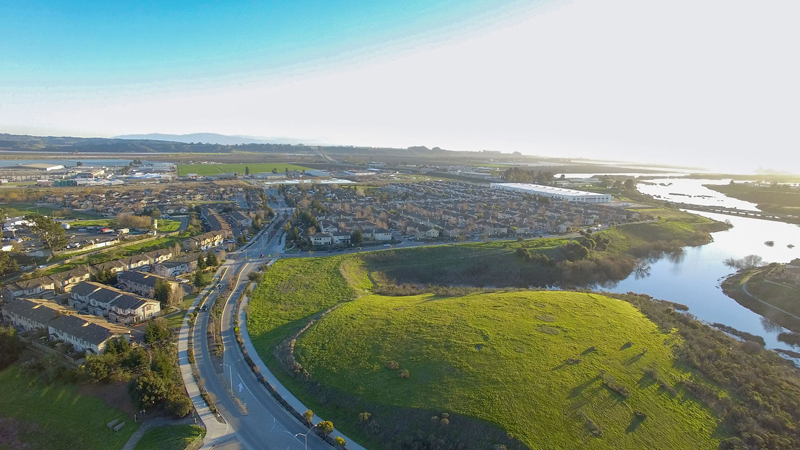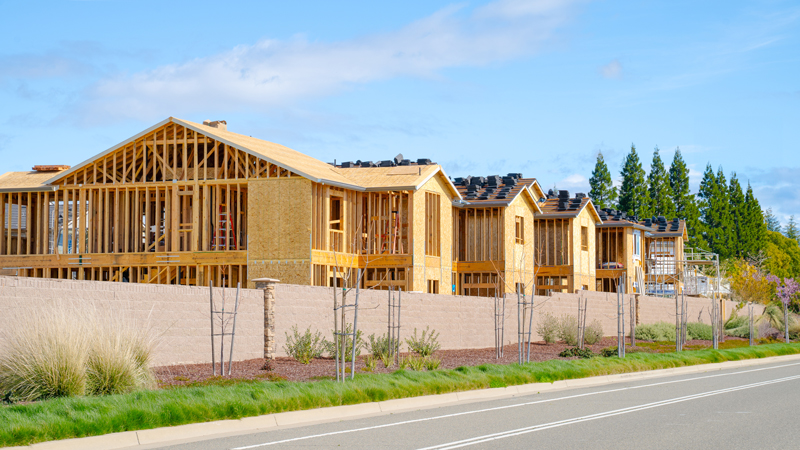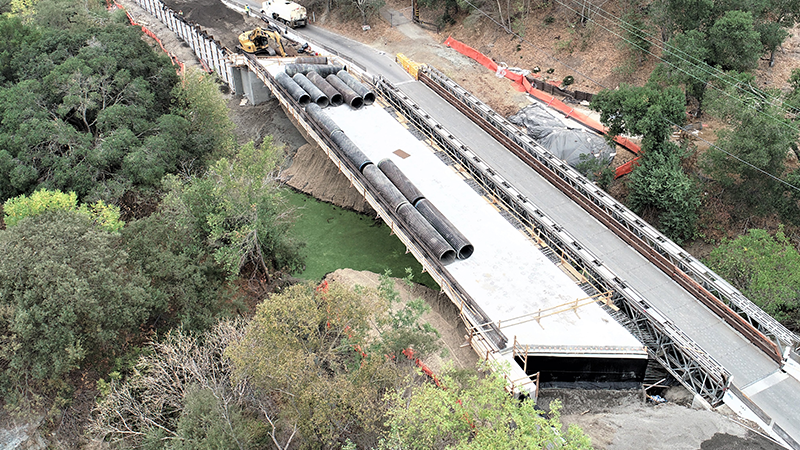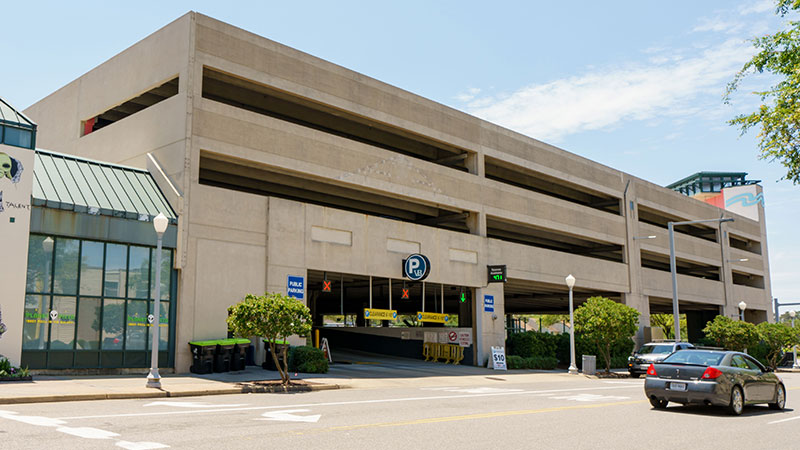3.1 minute read
June 08, 2016
Every September, autumn begins and your electric utility sends a letter about your city’s Electric Underground Work Credit Balance.
Please don’t ignore this letter!
This document can help you improve your city if you know how to read between the lines.
When I worked for Pacific Gas & Electric, I was responsible for the undergrounding program and often witnessed municipalities, especially smaller communities, struggle with how to react to the letter. I want to empower you to see what’s possible and explore your options.
Letter of the law
In 1967, the California Public Utilities Commission instituted Rule 20A, which requires utilities to allocate a certain amount each year to underground conversion projects. The annual Rule 20A Allocation & Work Credit Status letters inform cities of their current balance of funds available for utility undergrounding (total allocated funds minus projects in progress and resolutions adopted for future projects).
This letter gives you just a snapshot of the finances, not the big picture, but I’ll explain that in a moment.
First steps to success
Utility undergrounding projects must meet one or more of these criteria to make use of the Rule 20A program funds:
- Eliminate an unusually heavy concentration of overhead lines
- Involve a street or road with a high volume of public traffic
- Benefit a civic or public recreation area or a place of unusual scenic interest
- Be an arterial street or major collector as defined in the Governor’s Office of Planning and Research Guidelines
Increasingly, stakeholders are seeing the value of this permanent benefit. My Harris team has collaborated with many cities—even several at the same time—whose reasons for upgrading range from service improvement to street cleanliness, view enhancement and aesthetics. Some are standalone projects while others are beneficial additions to street improvement, beautification and redevelopment projects. The projects are as varied as their climate.
They do, however, share one thing: a need for a thorough plan because these projects take years to complete. Some cities have started utility programs and have a plan for conversions; others still need to develop a step-by-step program. For those clients, I offer a set of tips below in the graphic.

Clarity on funding options
What’s the biggest hurdle for these projects? Funding. But as I mentioned, to see the big picture you have to look beyond the funds listed in the letter.
Even cities with programs in place are sometimes unaware of every funding option or need support navigating the nuances of Rule 20. Exhibit A: the tip above about combining 20A and 20B to maximize funding.
What else can you do if your allocation balance falls below the amount required to finance an undergrounding project? Here are three proven ways to supplement funding:
- Ask the utility to advance your city the allocations for the next five years.
- For the non-utility portion, add resources from infrastructure improvement projects, in-lieu fees and developer contributions.
- Create an assessment district that spreads the costs equitably among participating property owners.
Developing an assessment district can appear daunting, but it feels more manageable when you break it down into smaller parts. Check out this information on some of the basics of forming an assessment district.
In future posts I’ll highlight case studies of projects I’ve helped manage, and our public finance team will dig deeper into the processes of creating effective assessment districts.
Until then, please share your experiences: Have you explored this idea in the past? What were the most important lessons from that experience? What was the biggest surprise? I’m eager to know because I can learn from everyone, and together we can grow our communities’ knowledge.
Authors
Sindy Mikkelsen
Markets
Services
Municipal Engineering
Infrastructure + Utilities
Special District Services
Categories
Utility Undergrounding

